Coach's Corner
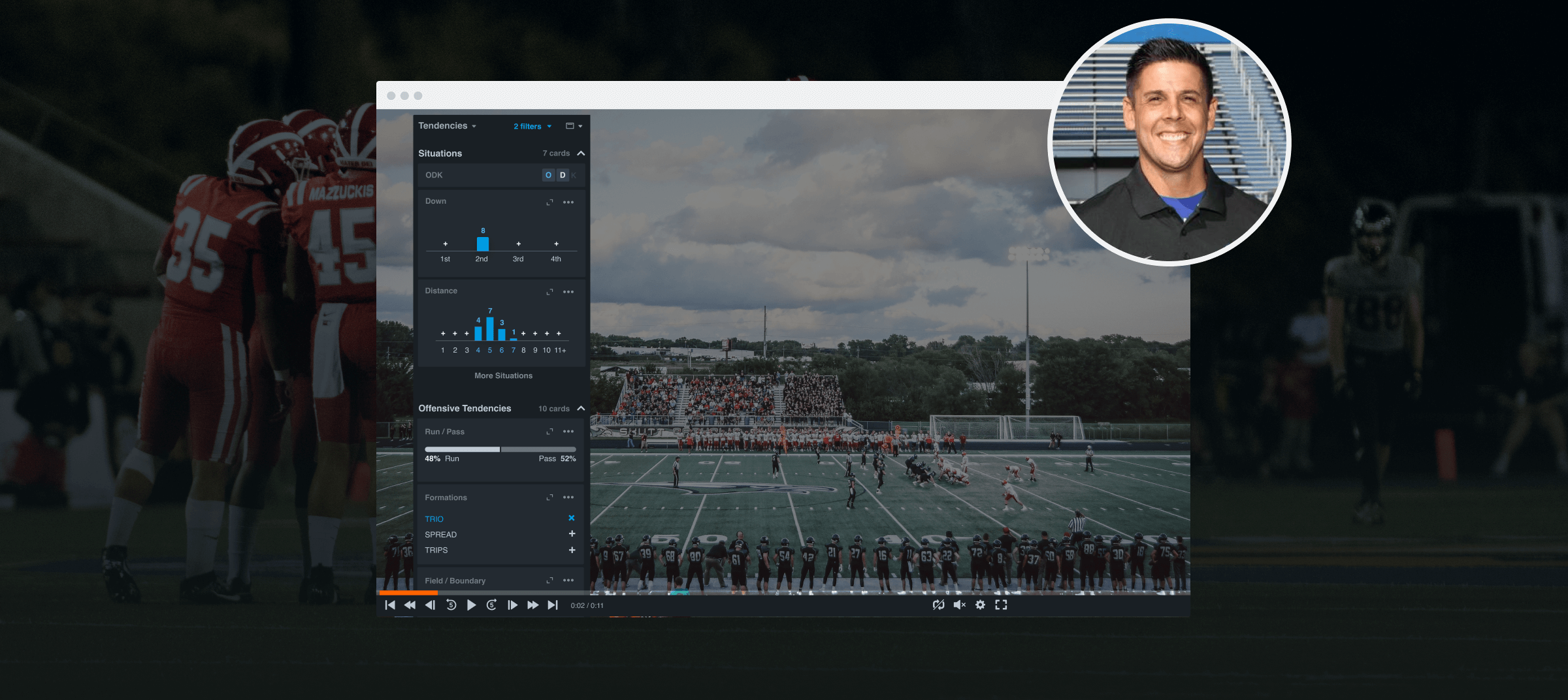
Creating a Collaborative and Efficient Defensive Gameplan
Robert Pomazak
Head Coach
St. Charles North High School (Ill.)
Each month we spotlight a coach leveraging Hudl products in unique ways. This month we feature St. Charles (Ill.) North High School head coach Robert Pomazak, who’s spent more than two decades as a physical education teacher and coach in Illinois. Since he became North’s head coach in 2013, the North Stars have racked up more than 65 wins, seven state playoff appearances, and a Class 7A State Championship appearance in 2020. You can follow Pomazak on Twitter at @robertpomazak and on his CoachTube channel.
Twenty years ago, the laborious and time-consuming process of padding games was the norm in game-planning. Staff would painstakingly and meticulously write down every formation, down, distance, and play by hand. But getting the data down was only half the battle. The real challenge came after the padding. That is when forensics began.
Coaches would share the role of looking for tendencies, takeaways, and telltale signs of the scouted team. No stone was left unturned, but in its wake were countless wasted man-hours and, of course, many yellow legal pads.
Football has come a long way, and the advent of Hudl has given coaches and players across the country film review, gameplans, and presentations at their fingertips. Now, new Hudl has taken the evolution of the game one step further and given us user-friendly, real-time results that allow the entire offensive or defensive staff to break apart opposing teams in a fraction of the time.
Here’s how you can utilize new Hudl to create a collaborative, effective, and efficient game-planning model that all programs can implement immediately.
Divide and conquer is the name of the game when creating a game-planning model on new Hudl. Each coach on your staff is assigned a specific aspect of the game plan to become the “expert” on. For the sake of this article, we’ll look at the defensive side of the ball. Before you begin the actual data entry, it is important to identify these roles and then create field sets for each coach that includes only the columns that they’ll need to enter data to yield their desired tendency results.
Here is an example of how our staff divides the defensive game plan and a designated field set.
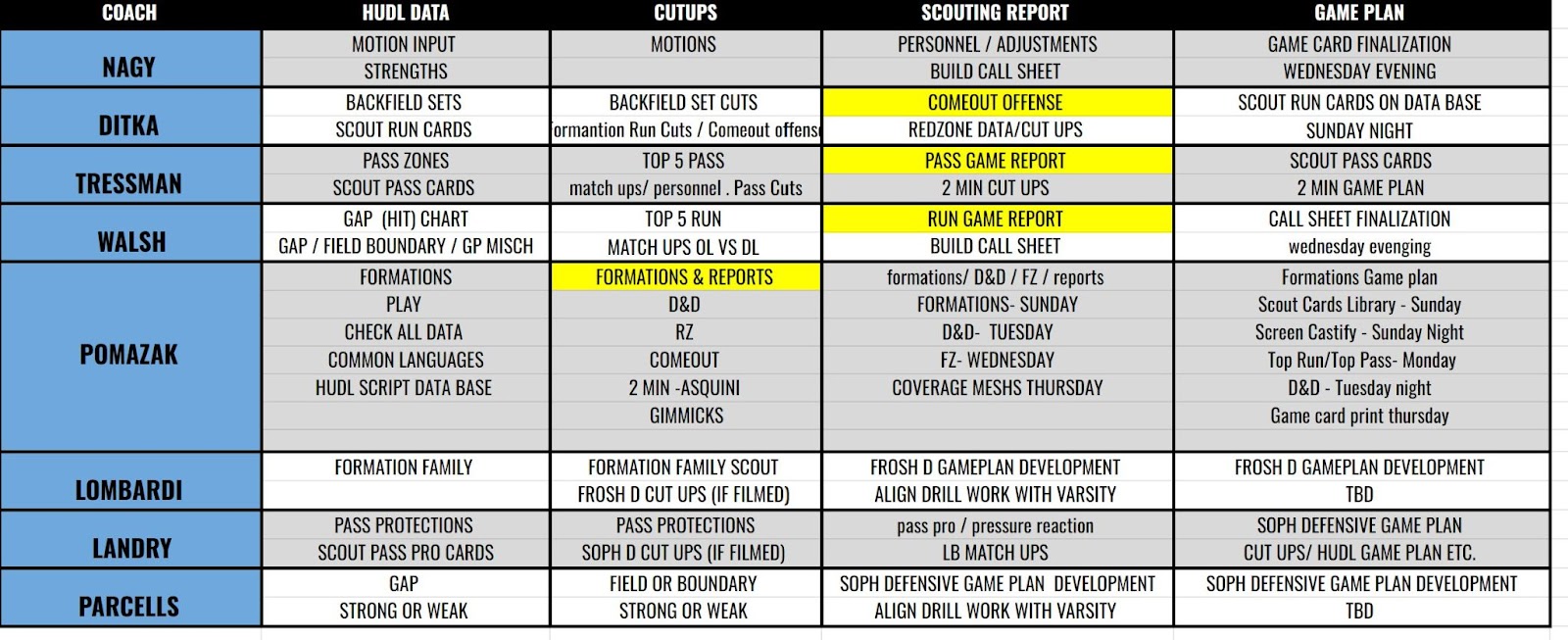
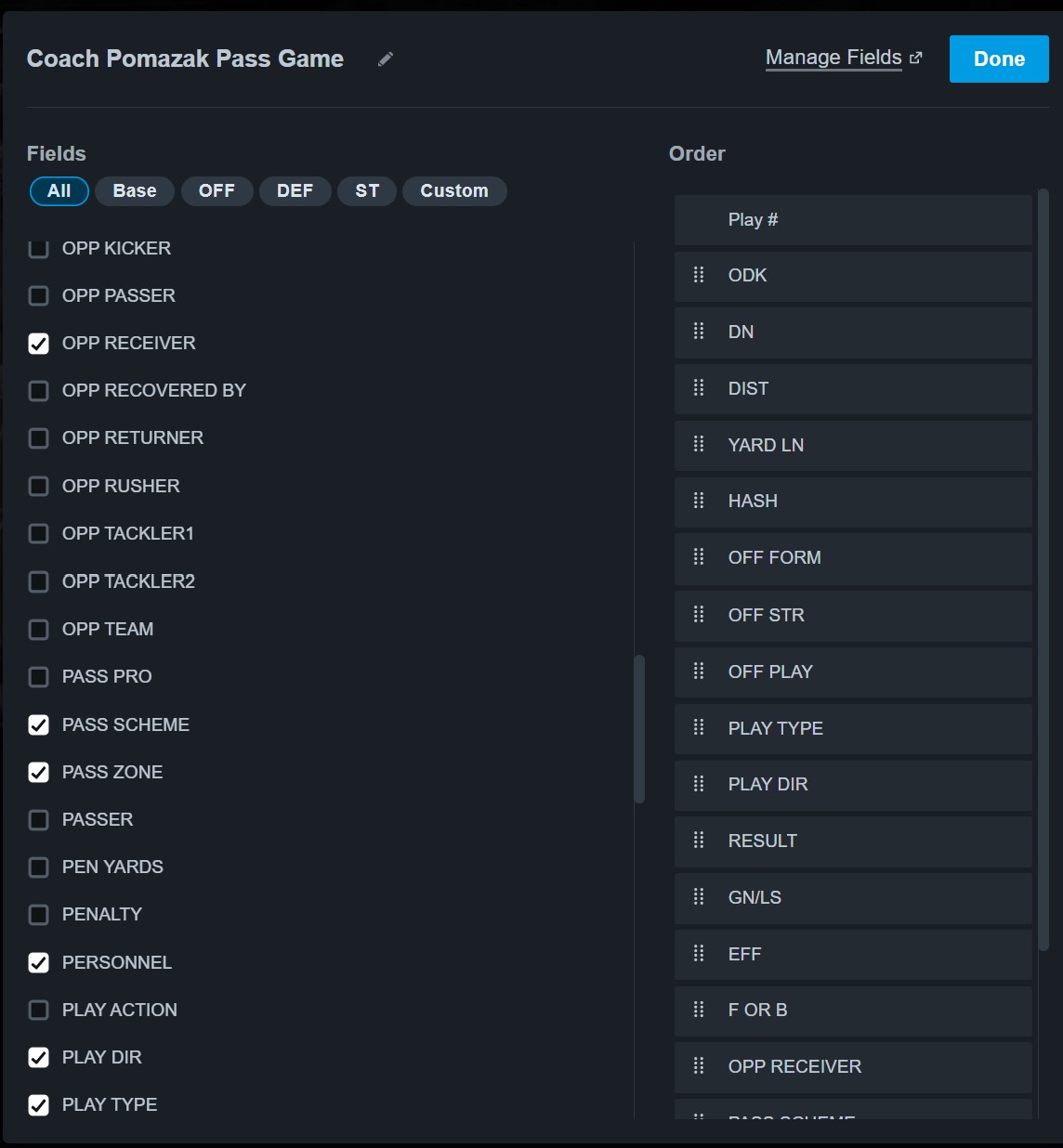
The field set columns you create for your program can be unique to your desired results for the game-planning model. This is what we look for, and how we assemble our differentiated game-planning field sets. Please note that some are found in the “My Columns”, while others are custom.
Once the field sets are created, the next step is to input all the necessary data. In a collaborative game-planning environment, your data input is minimal and allows each coach to become the “expert” in their particular field. In new Hudl, the turnover of usable tendencies is completed in real time. Taking the data from new Hudl to the gameplan is a streamlined and seamless process.
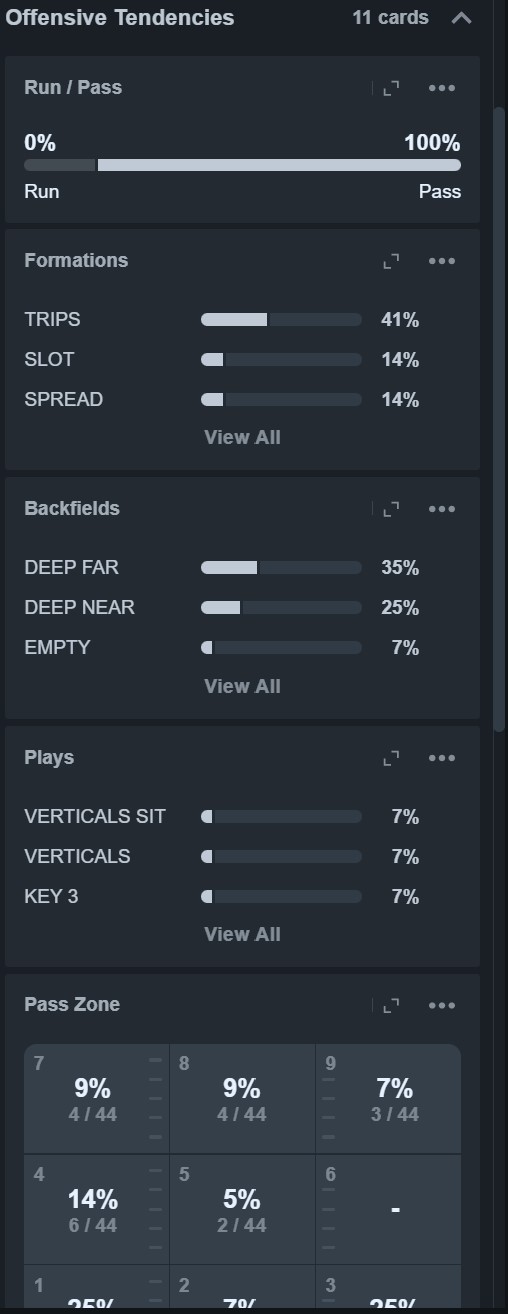
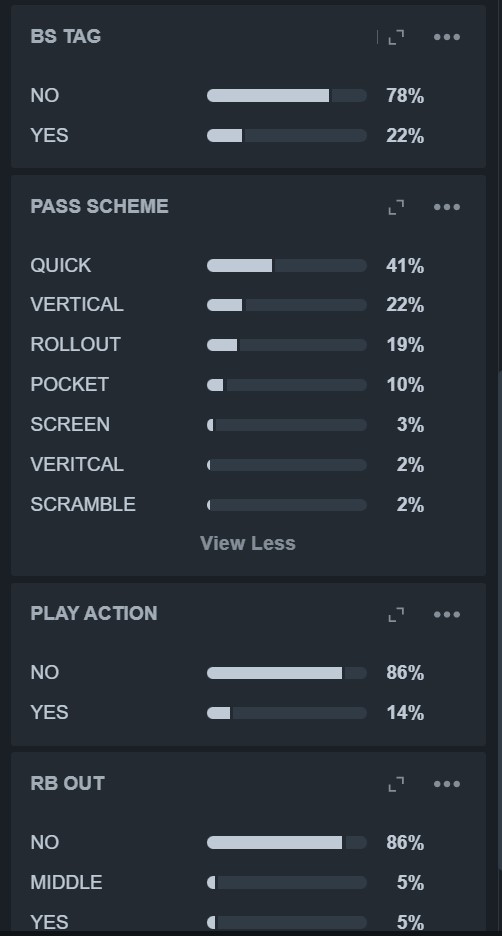
In our program, we’ve created a shared google sheet that allows each team member to input their field set data into only their area of expertise. The information populates into the defensive gameplan that is then shared with the team and other coaches.In our experience, this workflow creates a more in-depth, collaborative, and comprehensive game plan experience that increases usable data while decreasing hours spent in the office.
After the data is all in, and the card is laminated, we’ll have our pregame coaches meeting.
In this meeting, each coach gets the opportunity to present their final pieces to the game plan. I always enjoy this moment because the confidence that’s been built between staff members is palpable. With each coach contributing a key portion of the game plan, there is a collaboration and trust that can be felt.
A game plan is the sum of its parts. When you place the ownership amongst the entire staff, it’s a pretty special feeling to see the body of work come together. And none of this could happen without the foundation being set by utilizing new Hudl.
To learn more about creating a Virtual Gameplan, check out Coach Pomazak’s course on Coachtube. You can also follow Pomazak on Twitter at @robertpomazak.